Few tools in your kitchen are as versatile as a cast iron skillet.
Whether you’re whipping up a flavorful breakfast, a healthy lunch, a hearty dinner, or even a sweet dessert, your cast iron skillet is always there for you throughout the day.
The question is: Are you there for your skillet? In order to achieve a plethora of recipes from your skillet for an extended amount of time, you have to properly take care of it. That requires a lot of time and patience.
Want to learn more about Paleo and how it can help you?
Grab our FREE “What Is Paleo?” Guide by Clicking Here!
Do you know how to season your skillet? Do you constantly re-season? Where are you storing the skillet? Why are all of these things so important to its well-being?
Find out with this comprehensive cast iron skillet guide! And keep both your skillet and stomach happy in the process.
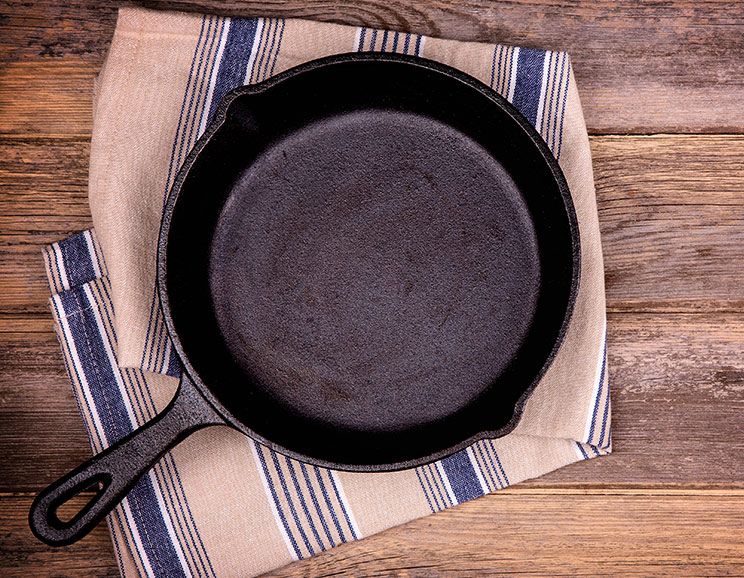
1. Usage
- Do: Keep It Relevant
- Don’t: Let It Fall By the Wayside
- Why: Using your skillet often keeps it from rusting. Then it’ll constantly be cared for as you re-season it on the regular.
Speaking of re-seasoning, your cast iron skillet will be able to build up a truly good seasoning (i.e., the non-stick layer the owner supplies the pan by using oil) because of the amount of times you’ll be re-seasoning.
Lastly, your skillet will build up some good flavors, since you won’t be using harsh cleaning products on it.
2. Washing
- Do: Rinse Off
- Don’t: Lather Up
- Why: The best time to clean a cast iron skillet is while it’s still warm (but not hot, because cold water could crack it). During that time, all the extra debris will be easier to remove. The best way to remove tricky food is with a gentle, stiff brush or sponge; salt; and warm water.
Do NOT use steel wool or soap. Not only will you ruin your past seasoning efforts, the cast iron itself could be compromised by using such harsh materials.
Also, never EVER put your skillet in the dishwasher. That is the quickest way to destroy this coveted kitchen tool. By the way, once your skillet is seasoned properly, it’s really easy to clean.
3. Drying
- Do: Towel Off
- Don’t: Drip Dry
- Why: Make sure to thoroughly dry your cast iron skillet after every use. Then it won’t rust. A foolproof method is putting it on a burner on low heat for 5-10 minutes after you’re done hand-washing it. That will ensure it dries quickly. As previously mentioned, don’t subject your skillet to the harsh environment of a dishwasher or allow it to soak in the sink.
4. Seasoning
- Do: Become a Seasoned Veteran
- Don’t: Forget to Kick Things Up a Notch
- Why: After you’ve bought your cast iron skillet, it’s time to season it. Yes, before you even start cooking. No, this doesn’t involve pepper, basil, oregano, or any of kicks of flavor like that. It’s a different type of seasoning.
To put it simply, “seasoning” a cast iron skillet involves that glossy layer on the skillet that gives it non-stick properties. The owner creates and maintains their skillet’s seasoning. It takes time, devotion, and a little love to keep a strong seasoning on your cast iron skillet, and the first usage sets the tone.
What You Need:
- Cast-iron skillet
- Sponge or stiff brush
- Clean, dry cloth or paper towels
- Shortening or olive oil
- Kosher salt (optional)
Instructions:
Clean the skillet with a sponge or stiff brush and salt. Apply a light layer of melted shortening or olive to the skillet. Using the cloth or paper towels, apply the shortening across the skillet. Buff to remove the excess.
Heat your oven to 400 degrees Fahrenheit, place your pan upside down on the top rack of the oven, and allow it to “bake” for one hour. Remove it from the oven, and allow your skillet to cool for one hour.
5. Re-Seasoning
- Do: Re-Season Every Session
- Don’t: Think You’re Done after the First Session
- Why: Re-seasoning could and should be done when your skillet looks like it’s in need of a little extra TLC – and after you use it every time. Great seasoning doesn’t just happen after one use; it takes time to build.
After you’re done running your cleaning routine, let your skillet dry completely. Quickly take a dry rag and wipe the skillet down with the same oil or shortening you originally used to season it while it’s still on the burner. Cover every area of the pan. Note: your pan will be hot, so be careful!
As the pan cools, the oil or shortening will soak back into the pores of the pan, which will help to build your seasoning. Every now and then, you can pop it in the oven to really bake the oil in these pores.
6. Un-Rusting
- Do: De-Crust the Rust
- Don’t: Think Rust Equals Bust
- Why: Many people think that a rusty cast iron skillet equals the end of the pan’s shelf life. Not true. You don’t want rust in your pan, but rust doesn’t mean it’s time to seek out a new skillet.
First, give it a good wash with your stiff brush and warm water. Then towel dry. After the cleaning is done, go ahead and season it. You want the oil or shortening to really seep into your pan’s pores because your skillet needs some tough love right now.
If all else fails, a machine shop might be able to help you by pressure-blasting it. However, the moral is: Don’t neglect your pan. Keep it seasoned, and use it often.
The Salt and Potato Method: Another way to get rid of that tricky rust is by using the salt and potato method. All you need is two tablespoons of salt and a potato. Cut the potato in half, and pour the salt in your skillet. Using the potato as a sponge, scrub the salt against your skillet in a circular motion.
The moisture of the potato does all of the work. It may take a little time, but be patient. You’ll see the rust literally leaving the pan as you’re scrubbing. This method also works when removing stuck-on food.
7. Maintenance
- Do: Oil Up
- Don’t: Expose It to the Elements
- Why: If your skillet is looking a little dry (i.e., porous and dirty), rub a little oil onto the surface to make it look slick again. If you haven’t used it in a while, it may also build up rust.
If rubbing a little oil on it doesn’t seem to do anything, re-season it. It should get it back to its old self in no time.
8. Storage
- Do: Stay Cool and Light
- Don’t: Keep Things Hot and Heavy
- Why: Find a cool, dry area to store your skillet. You also want to be mindful that moisture causes cast iron to rust, so you don’t want it to be exposed to steam or water of any kind. A cabinet is probably your best option – just not a cabinet under the sink or close to water pipes. Storing it in the oven is also a good option.
If you have multiple skillets or pans, make sure you put a paper towel between each one if you plan on stacking them. That will protect them from getting damaged.
Also make sure you remove any lids when storing. You want your skillet to get ventilation while it’s being stored, and a lid will completely prevent that.
9. Absorption
- Do: Keep the Flavor Party Short
- Don’t: Let Food Overstay Its Welcome
- Why: Flavors from food will inevitably seep into your pan’s pores, and that’s OK. It will enhance the seasoning you’re building onto it. However, you don’t want TOO much to soak its way into your pan.
Think about it. Do you want all of your food to taste overly fishy if you just made a salmon dish tonight? I don’t think so.
10. Repeated Usage
- Do: Read and Repeat
- Don’t: Skim and Forget
- Why: All of these steps are very crucial when it comes to properly caring for your cast iron skillet. Make sure you’re regularly following all of these guidelines with every usage. That will keep your skillet at its peak condition, and it will ensure you aren’t buying a new one sooner than you should be.




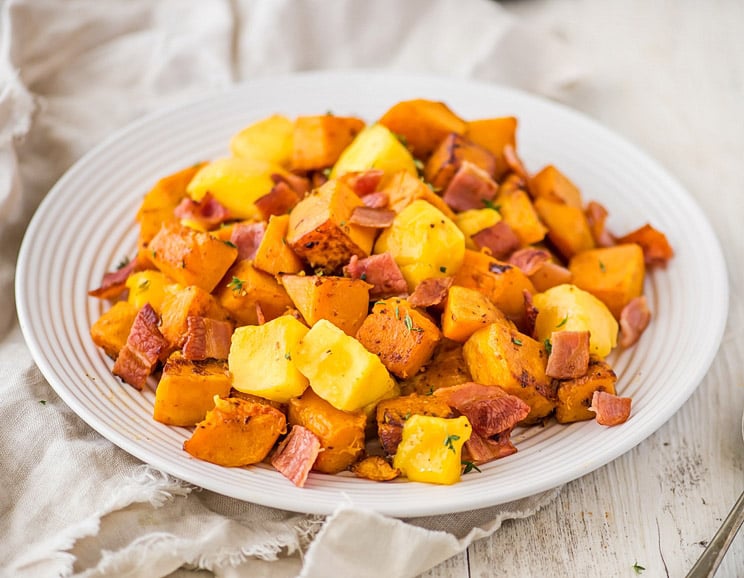 Mango Bacon Butternut Squash Hash Recipe
Mango Bacon Butternut Squash Hash Recipe
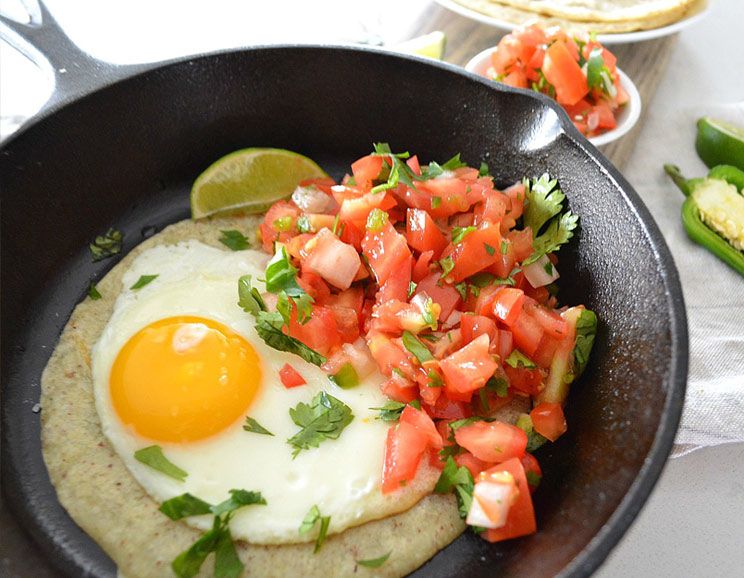
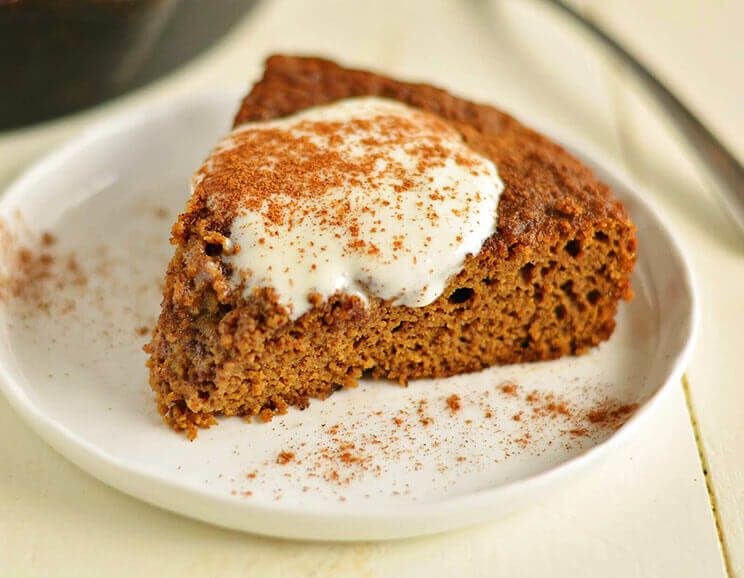
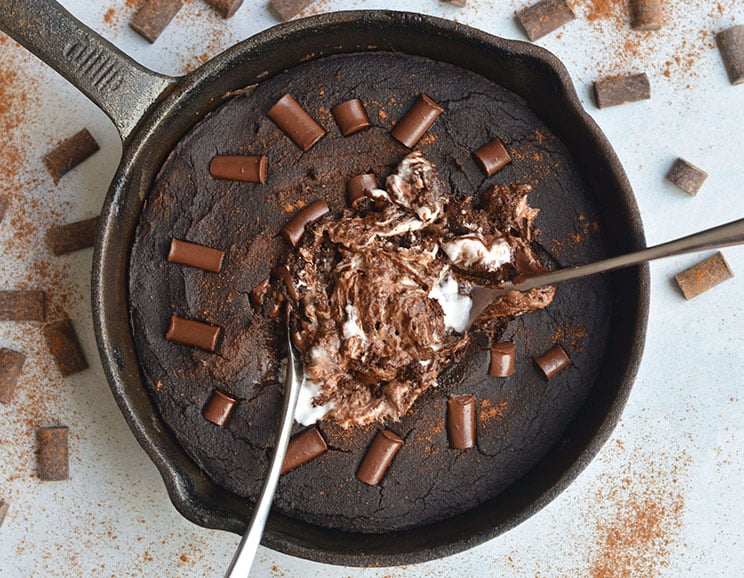
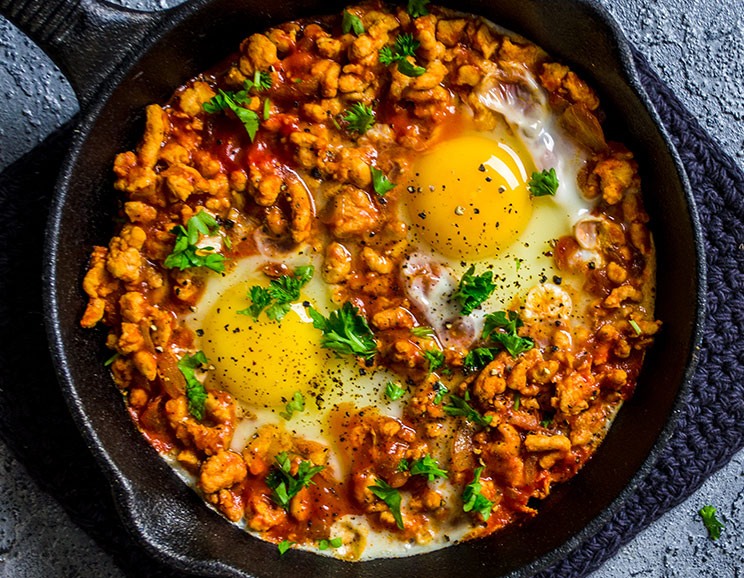



Show Comments